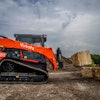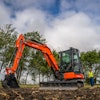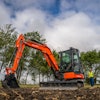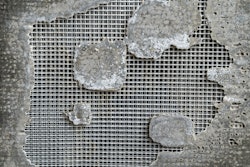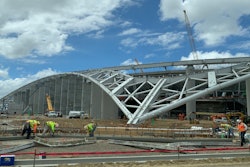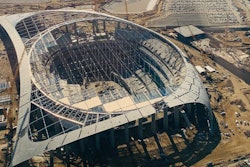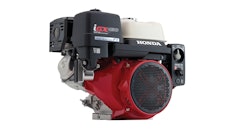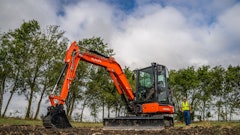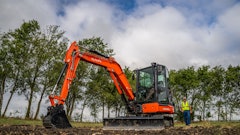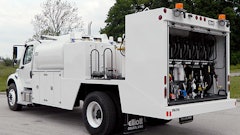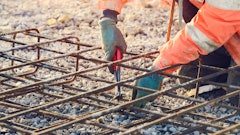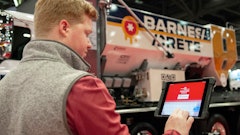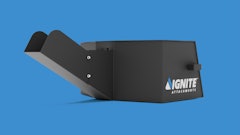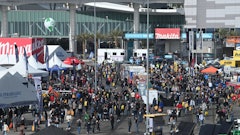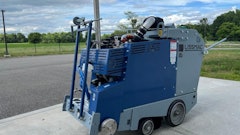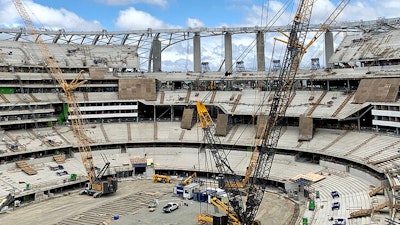
The 2022 NFL championship football game, featuring the Los Angeles Rams and the Cincinnati Bengals, is set to be played at the SoFi Stadium in Inglewood, California.
Located at the former site of the Hollywood Park Racetrack in Inglewood, SoFi Stadium is the home of the Los Angeles Rams and Chargers professional football teams. In order to get it ready for the 2020 National Football League (NFL) season, the stadium underwent massive construction to transform it into a state-of-the-art facility featuring the latest technology and expanded capacity. Construction of the building took roughly four years beginning in November 2016 and opening its doors to the public on September 8, 2020. It cost $5 billion.
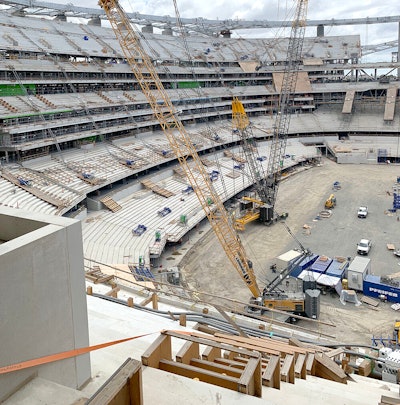 Cranes during the construction of The SoFi stadium.The Euclid Chemical Company
Cranes during the construction of The SoFi stadium.The Euclid Chemical Company
The stadium is able to regularly seat 70,240 spectators, with the ability to expand its capacity to accommodate an additional 30,000 people for special events.
The SoFi Stadium's Key Players
- General Contractor – Turner Construction / AECOM Hunt (joint venture)
- Concrete Contractor – Morley Builders
- Architect – HKS, Inc.
- Engineer – Walter P. Moore
- Ready-Mix Producer – CalPortland
Inside The Concrete
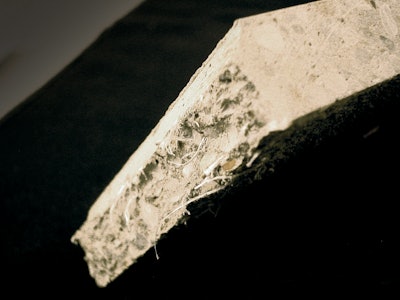 Euclid Chemical’s TUF-STRAND SF seen within concrete.The Euclid Chemical Company
Euclid Chemical’s TUF-STRAND SF seen within concrete.The Euclid Chemical Company
“This is another exciting example of a successful project where macrofibers have been used as a viable alternative to conventional reinforcement—resulting in reduced construction costs, less environmental site impact, improved worker safety, and the ability for the contractor to place more concrete faster with less manpower required,” says Mike Mahoney, director of marketing and technology for fiber-reinforced concrete at Euclid Chemical. “We are looking forward to seeing more projects like SoFi Stadium constructed with Euclid fibers in the future.”
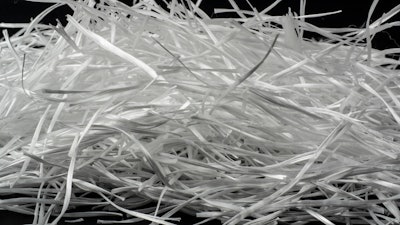 Euclid Chemical’s TUF-STRAND SF.The Euclid Chemical Company
Euclid Chemical’s TUF-STRAND SF.The Euclid Chemical Company
With the ability to reinforce concrete without the weight of steel rebar, Euclid’s TUF-STRAND SF synthetic macrofibers significantly reduced construction costs by eliminating the time and labor needed to crane lift and install conventional steel or welded wire mesh.
Contractors may have also found some sustainability benefits.
Back in 2013, as reported by the National Precast Concrete Association (NPCA), Euclid Chemical’s Tuf-Strand SF took first place in the associate member product category of NPCA's Sustainability Awards. A study completed in partnership with the University of Akron found that the use of Tuf-Strand SF to reinforce concrete reduced carbon dioxide equivalent emissions by 56% for the reinforcement portion of a floor project.
Euclid Chemical also received a first-place award in NPCA’s associate member plant category for initiatives to improve waste management, energy consumption, water use, and safety at its Cleveland, Ohio, manufacturing plant. (ForConstructionPros.com/11318730)


